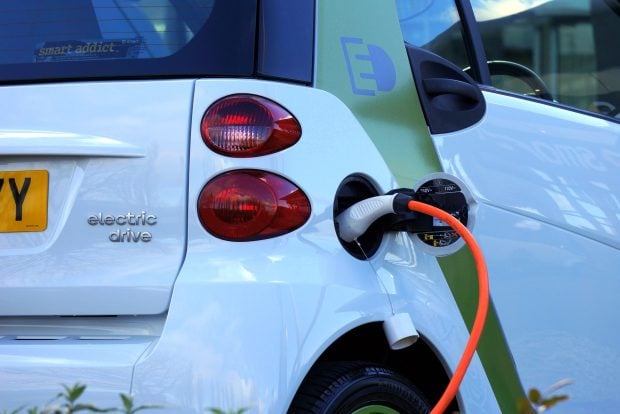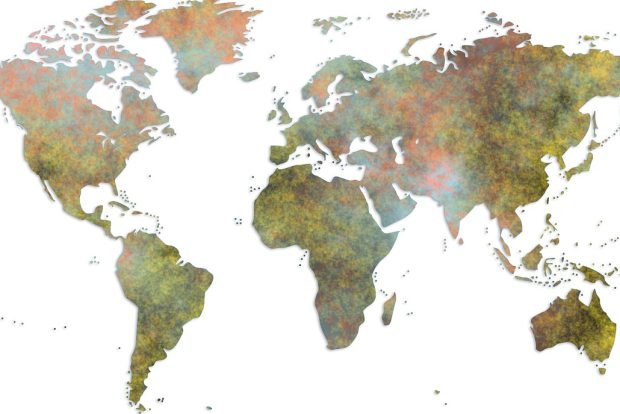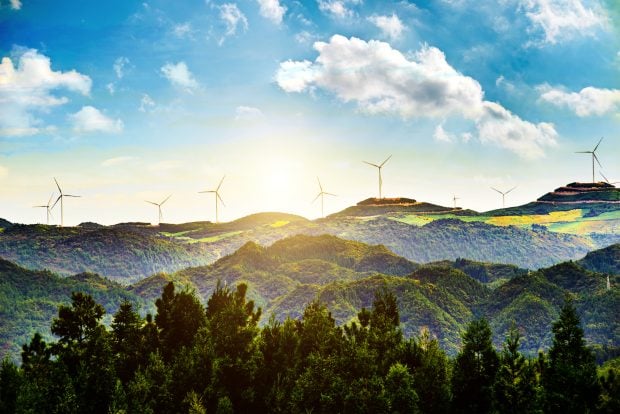Australia pledges US$340m for climate change resilience in Pacific

The Australian government has committed to spend AUS$500m (US$338m) on climate change and disaster resilience in the Pacific.
The funding will be used to protect communities and infrastructure from rising seas and worsening storms, help nations recover after natural disasters, and ensure local health services are better equipped to respond to changing needs.
Prime minister Scott Morrison announced the funding package – which will be delivered in grants over five years from 2020 – at the Pacific Islands Forum leaders meeting in Tuvalu last week.
“The Pacific is our home, which we share as a family of nations. We’re here to work with our Pacific partners to confront the potential challenges they face in the years ahead,” Morrison said in a statement before his trip to the region.
Changed climate on climate change?
Australia’s funding announcement – which comes on top of an existing commitment of AUS$300m for 2016-2020 – marks a shift from the previous Abbott government, which was criticised by the Department of Foreign Affairs and Trade (DFAT) for decreasing the emphasis on climate change in the aid programme, as reported by The Guardian.
At a press conference on 13 August, the minister for international development and the Pacific, Alex Hawke, confirmed the AUS$500m will be drawn from the aid budget. He said it was “the most any Australian government has ever spent” on climate change from the budget.
Previous investments made by the Australian government to tackle the effects of climate change in the Pacific include ensuring roads and bridges are more resilient to extreme weather in Papua New Guinea; the Tina River Hydropower project, which provides power to Honiara in the Soloman Islands; and building climate resilient schools in Kiribati.
However, DFAT’s review of the quality of Australia’s climate change assistance – published in July 2018 – found that of the 26 investments evaluated, worth AUS$642m (SU$433m), just nine (35%) “are likely to achieve, significant, climate relevant outcomes relative to their size and scope”. A further nine were likely to achieve modest outcomes, the report found.
Existential threat
Pacific island leaders and Australian opposition parties believe, with or without the new funding, that the government is not doing enough to combat climate change.
Talks at the Tuvalu leaders forum nearly collapsed twice over disagreements between the Australian delegation – which was seen to be distancing itself from language calling for urgent action on climate change – and the other Pacific nations, according to reports.
Fiji prime minister Frank Bainimarama – a former president of the UN’s leading climate body Conference of the Parties – last week branded climate change an “existential threat” to the island nations, and urged a rapid end to Australia’s reliance on coal.
As for the newly-announced funding, a spokesperson for the Australian Greens party told The Guardian the AUS$500m isn’t new, and that it is a “dodgy accounting trick that does nothing more than move money about within our already scandalously small aid budget”.
Pat Conroy, leader of the opposition Labor party, said the fund “is meaningless without Australia taking real action on climate change”. He added that the aid budget is already stretched, having been “cut by more than $11bn (US$7.5bn) under the Abbott-Turnbull-Morrison government”.
Coal and carbon cuts
In June, mining company Adani received the go-ahead for its vast Carmichael coal mine from the Queensland state government, and began work on site. Morrison has been a prominent supporter of the project, in the face of opposition from those concerned about its impact on CO2 emissions and its need for port facilities in the Great Barrier Reef area.
In a statement, Morrison said Australia is “doing its part” to cut global emissions, claiming that the government’s Climate Solutions Package “sets out to the last tonne” how the country will meet its 2030 target to halve emissions per person and reduce the emissions intensity of its economy by two-thirds.
“The fact Australia leads the world in per capita investment in clean energy, we have the world’s most successful green bank in the Clean Energy Finance Corporation and that we’re on track to have around a quarter of our electricity needs met by renewables by 2020, all underscores the work underway to reduce our global emissions,” he said.























